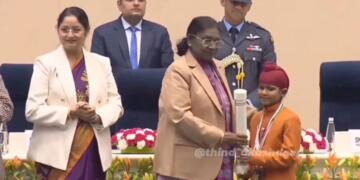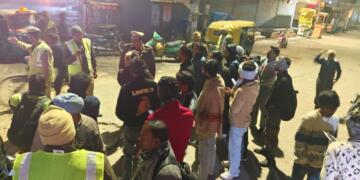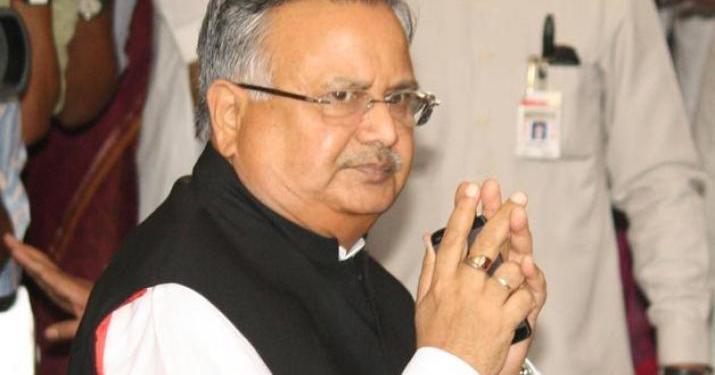After the initial round of counting in Chhattisgarh, BJP seems to be losing their grip in the state. Till now trends on 86 out of 90 seats have come. BJP is leading on 25 while Congress on 52 seats. There is also an anti-incumbency of 15 years against the BJP government of CM Raman Singh.
Traditionally, BJP has a stronghold in central Chhattisgarh comprised of high profile assemblies like Rajnandgaon, the constituent assembly of CM himself, capital city Raipur, Durg and Raigarh. In the last assembly election of 2013, BJP won 28 out of 43 seats in this region. The central region is the most developed part of the state. OBC and Upper caste comprise most of the population here. Most of the prominent leaders of the state come from this part of the state. Naya Raipur, one of the best planned smart cities of India is also part of the central region.
CM Raman Singh has started several visionary schemes in the state like “One Kg rice at Rs 1”, medical care, food security, the Charan Paduka (free shoes for all), Mukhya Mantri Teerth Yatra Yojana and the Saraswati Cycle Yojana. But it seems that the vision of Raman Singh was not up to the mark. Although, the scheme worked in tribal and SC-ST regions of state like in North-western belt comprising scheduled tribe and also in the parts south Chhattisgarh.
Central Chhattisgarh which used to be the fort of BJP is making the dent in the dream of fourth successive victory of CM Raman Singh. But the good thing for BJP in this election is the tribal votes that traditionally went in the favour of the Congress.
Another prominent thing in the state is the rise of BSP in this election. SC-ST voters came together and did cast their vote for Bahujan Samaj Party. It is clear from the two phases of counting that the Central region which was the backbone of BJP has now shifted in the favour of other parties. BJP is not likely to form the government for the consecutive fourth time in the state.































